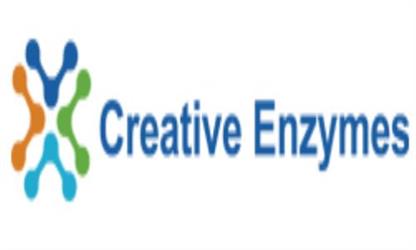Description & Specifications
|
Enzymes play an important role in almost all cellular processes, including signaling pathways, metabolism, and gene expression, making them significant targets in drug and therapeutic development. Creative Enzymes offers enzyme assays to determine activities of key industrial enzymes: cellulase, xylanase, amylase, protease, beta-glucanase, phytase, invertase, beta-glucosidase, pectinase, lipase, and mannanase. Activity of target enzymes is analysed using standard assay methods (IUPAC or other accepted standard methods) under defined optimal working conditions. Enzyme activity = moles of substrate converted per unit time = rate × reaction volume. Enzyme activity is a measure of the quantity of active enzyme present and is thus dependent on conditions, which should be specified. The SI unit is the katal, 1 katal = 1 mol s−1, but this is an excessively large unit. A more practical and commonly used value is enzyme unit (U) = 1 μmol min−1. 1 U corresponds to 16.67 nanokatals. Enzyme activity as given in katal generally refers to that of the assumed natural target substrate of the enzyme. Enzyme activity can also be given as that of certain standardized substrates, such as gelatin, then measured in gelatin digesting units (GDU), or milk proteins, then measured in milk clotting units (MCU). The units GDU and MCU are based on how fast one gram of the enzyme will digest gelatin or milk proteins, respectively. 1 GDU equals approximately 1.5 MCU. An increased amount of substrate will increase the rate of reaction with enzymes, however once past a certain point, the rate of reaction will level out because the amount of active sites available has stayed constant. With our long-term scientific expertise on research and service in enzyme technology, the highest level of accuracy and reliability are ensured for rapid screening and quantification for multiple enzymes with multiple samples, aiming for your satisfaction. |

